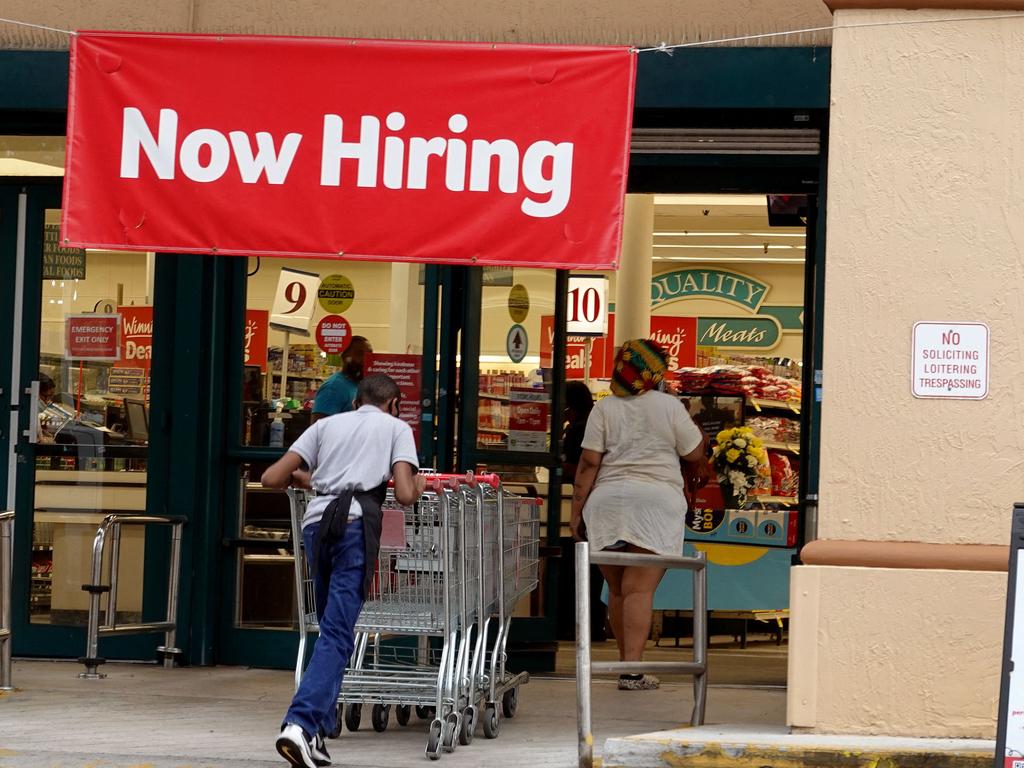Bond markets send warning signs on inflation
Fears of inflation in the market, rising against a backdrop of cluttered global supply chains and soaring energy costs, is putting huge pressure on central banks.

The yield on Australian three-year government bond futures surged to its highest level since mid-2019 on Monday as growing fears about rising global inflation washed into the local market. The move also driven by higher-than-expected inflation in New Zealand.
Since Friday’s market close in Sydney, the spot three-year government futures contract has sold-off by around 22 basis points to an implied yield of 0.99 per cent.
The jump in yields will complicate policy for The Reserve Bank of Australia, which is buying short-dated government bonds to lower borrowing costs and support the economy as it emerges from the pandemic, while also signalling to markets that it won’t raise official interest rates until 2024.
Fears of inflation in the market, rising against a backdrop of cluttered global supply chains and soaring energy costs, is putting huge pressure on central banks globally to tighten policy before elevated inflation expectations become entrenched and monetary policy has to be tightened even further.
But the central banks are also balancing these concerns against the fact that many economies remain weakened by the pandemic and job markets have been hit hard by lockdowns and business closures.
What spooked Australian traders on Monday was news that inflation in New Zealand looks be almost out of control.
New Zealand’s consumer prices rose the most in over a decade as costs from food to housing were lifted by stimulus and pandemic-related supply disruptions.
Its third-quarter consumer price index jumped 4.9 per cent from a year earlier and increased 2.2 per cent from the second quarter, Statistics New Zealand said. The quarterly increase was the largest since late 2010.
Market analysts jumped to price in another interest rate increase from the Reserve Bank of New Zealand in November.
Australia’s inflation outlook is much more benign than New Zealand’s but the data reinforced concerns that inflation pressures are building globally and may continue to do so well into 2022.
Australian markets are now pricing in 100 basis points of interest rate increases by late 2023, with the start of the tightening cycle expected late in 2022.
“This level of expectations over a two-year period has not been exceeded since 2010, when the RBA was actually in the process of tightening,” said David Plank, head of Australian economics at the ANZ Bank.
It was only last month when RBA Governor Philip Lowe openly disputed the idea that interest rates will rise as early as next year, arguing that wages growth is still weak and unlikely to rebound quickly.
All eyes are now on the RBA to see how vigorously it moves later this week to contain the rise in yields. If the central bank doesn’t act to reverse the trend under its yield curve control program, it will send a message to markets that the bank’s policy guidance is under radical review.
“To not do so would raise questions about whether the RBA is reconsidering its expectation that the conditions for a rate increase will not be met before 2024,” Mr Plank said.
The Wall Street Journal






To join the conversation, please log in. Don't have an account? Register
Join the conversation, you are commenting as Logout